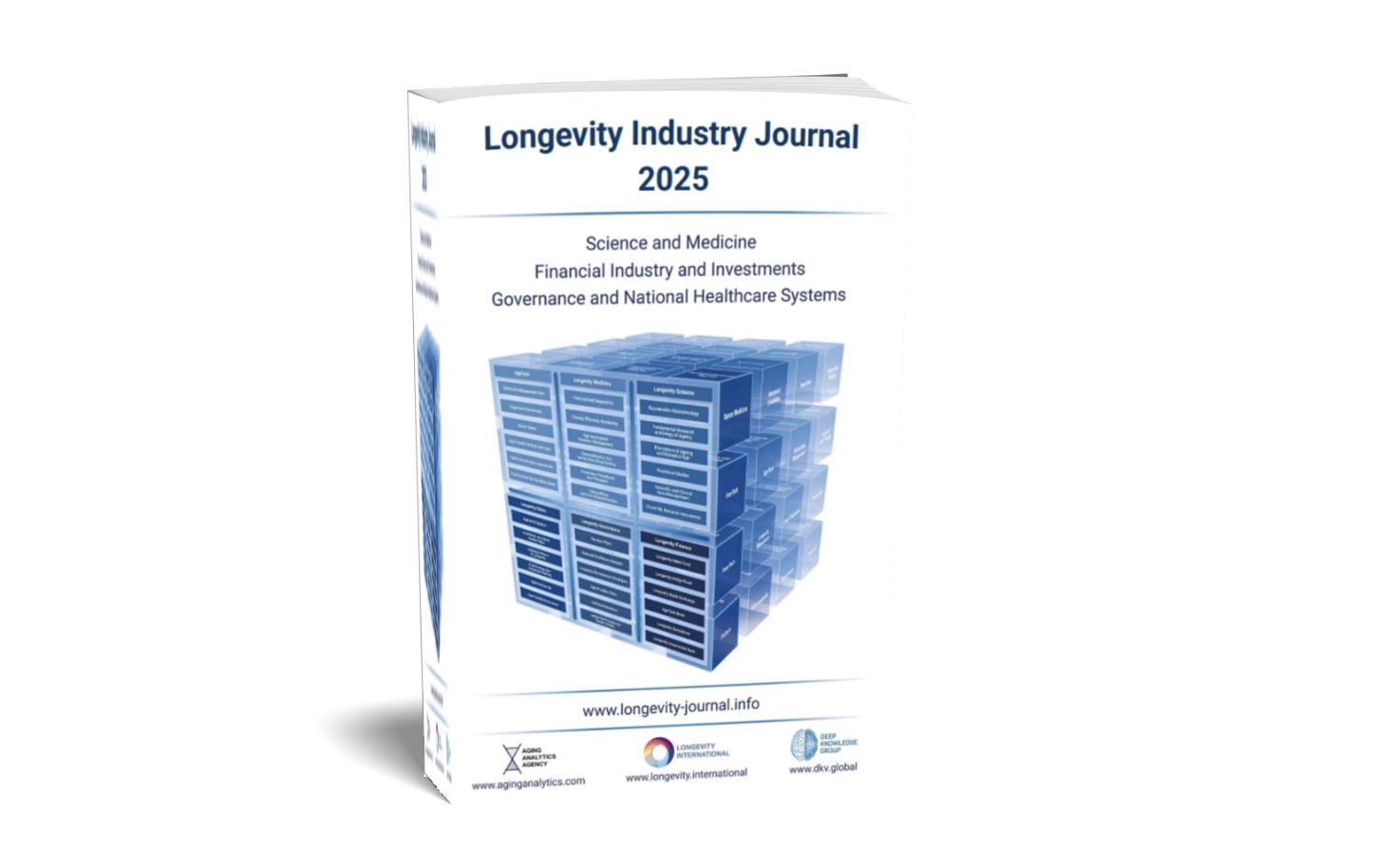- Longevity Journal

- Sep 24
- 4 min read
The healthcare landscape is undergoing a significant shift, driven by innovations in preventive medicine and personalized longevity. The old model of reactive healthcare, which focused on treating diseases after they occurred, is being replaced by a more proactive approach. This new model, powered by advances in biotechnology, AI, and data science, emphasizes prevention, early detection, and personalized treatment plans. With age-related diseases on the rise globally, healthcare is increasingly focusing on extending healthspan—the period of life lived free from chronic disease—and not just lifespan.

The Shift from Blockbuster Drugs to Personalized Preventive Healthcare
For decades, the healthcare industry relied on blockbuster drugs, which were mass-produced to treat a wide range of patients with the same disease. These drugs, though effective for many, failed to address the individual variability in how people respond to treatments. With the growing complexity of age-related diseases, there is a clear need for a more tailored approach.
In the Longevity Industry, personalized healthcare has become the gold standard, where treatments are designed to meet the specific needs of individuals based on their genetics, lifestyle, and environmental factors. By leveraging technologies like genomic sequencing, biomarker identification, and AI-driven diagnostics, healthcare providers can now deliver treatments and interventions tailored to the individual, optimizing outcomes and reducing unnecessary side effects.
Preventive medicine is also at the heart of this transformation, moving the focus from treating diseases to preventing them before they even begin. Through personalized health assessments and continuous monitoring, individuals can make informed decisions about their health, thereby preventing chronic diseases like cardiovascular issues, diabetes, and neurodegenerative diseases from taking root.

The Role of Biomarkers and AI in Personalized Medicine
A crucial component of this shift is the development of biomarkers of aging, which are measurable indicators of biological age, disease susceptibility, and overall health. These biomarkers allow healthcare providers to identify individuals at risk for age-related diseases far earlier than before. Using AI-powered analytics, biomarkers can be used to track disease progression in real-time, allowing for personalized treatment plans that evolve over time.
AI is also revolutionizing diagnostics. Machine learning algorithms can analyze complex datasets to identify patterns that would otherwise go unnoticed, leading to faster and more accurate diagnoses. Whether it's genetic testing, imaging, or blood tests, AI can help identify potential risks and tailor health strategies accordingly.
Growth of Longevity FemTech, Telemedicine, and mHealth
Several sectors within the Longevity Industry are seeing rapid growth as they focus on improving personalized healthcare and extending healthspan.
Longevity FemTech: This rapidly growing sector focuses on women's health, particularly in areas related to menopause, fertility, and chronic conditions that disproportionately affect women. With a personalized approach, FemTech is using AI and wearable technologies to monitor hormonal health and optimize treatments for women at different stages of life, improving both their longevity and overall quality of life.
Telemedicine: With the advent of telemedicine, patients now have access to remote healthcare consultations, allowing for more frequent monitoring and earlier interventions. Telemedicine is particularly beneficial for individuals who are aging or living in remote areas, providing access to healthcare without the need for travel.
mHealth: Mobile health technologies are transforming how individuals monitor and manage their health. From wearables that track heart rate and blood pressure to AI-powered apps that analyze lifestyle data, mHealth is providing individuals with continuous feedback on their health. This technology not only empowers people to take control of their health but also enables healthcare providers to offer remote care and personalized interventions.
Future Prospects: The Role of AI in Tailored Treatment Plans
As AI continues to evolve, it will further empower healthcare providers to create dynamic treatment plans that adapt to the individual over time. Personalized predictive tools and AI-driven decision support systems will play an increasingly critical role in preventing diseases like Alzheimer’s, Parkinson’s, and cancer by identifying risk factors early on and recommending lifestyle and treatment interventions that are specific to the individual.
With the integration of wearables, genetic testing, and health data analytics, the future of preventive healthcare in the Longevity Industry will be highly personalized, efficient, and proactive. Patients will no longer wait for a disease to manifest; instead, they will have the tools to manage and optimize their health long before symptoms appear.
The Promise of Preventive, Personalized Healthcare
As the Longevity Industry continues to evolve, healthcare innovations that focus on preventive medicine and personalized longevity will redefine the future of health. The convergence of biomarkers, AI, and data-driven diagnostics is enabling the development of personalized healthcare solutions that not only extend lifespan but also optimize the quality of life.
The rise of Longevity FemTech, telemedicine, and mHealth highlights the expanding role of technology in ensuring that people can live healthier, longer lives. In the coming years, we can expect continued breakthroughs in these areas, creating more opportunities for people to take control of their health and well-being, ensuring that they not only live longer but do so with vitality.
Stay tuned for the next article in our series, where we’ll explore how the rise of AI-driven innovations in drug development is accelerating the discovery of new treatments to combat aging and age-related diseases.
Or meanwhile order your copy of Longevity Industry Journal 2025 at: www.longevity-journal.info/2025
Comments